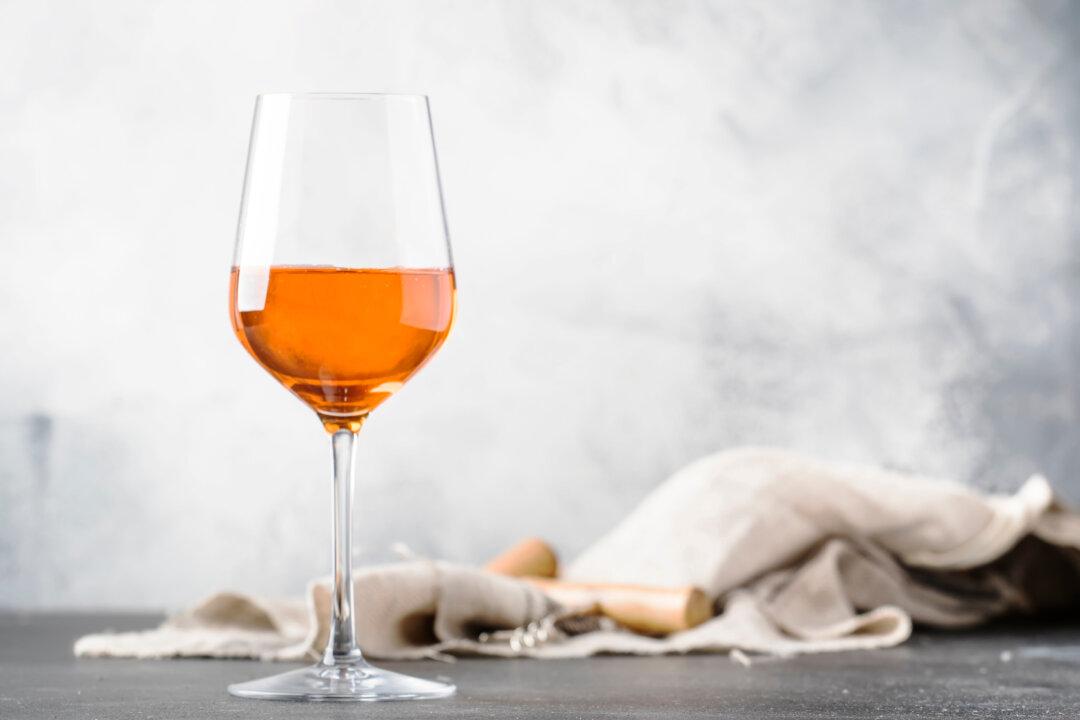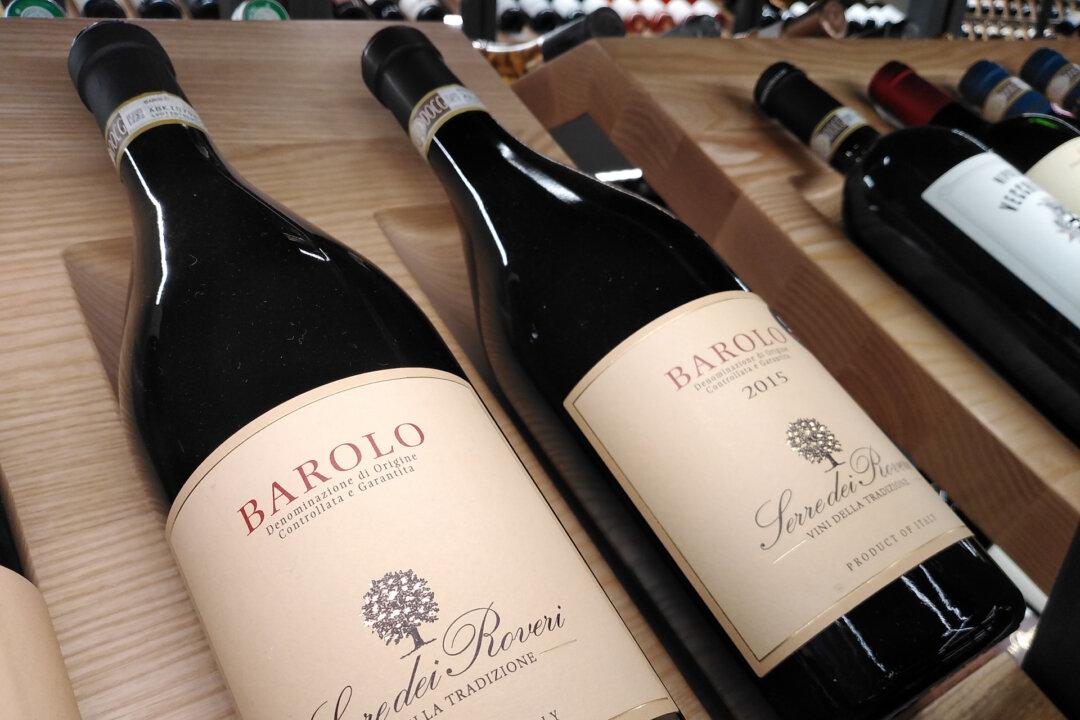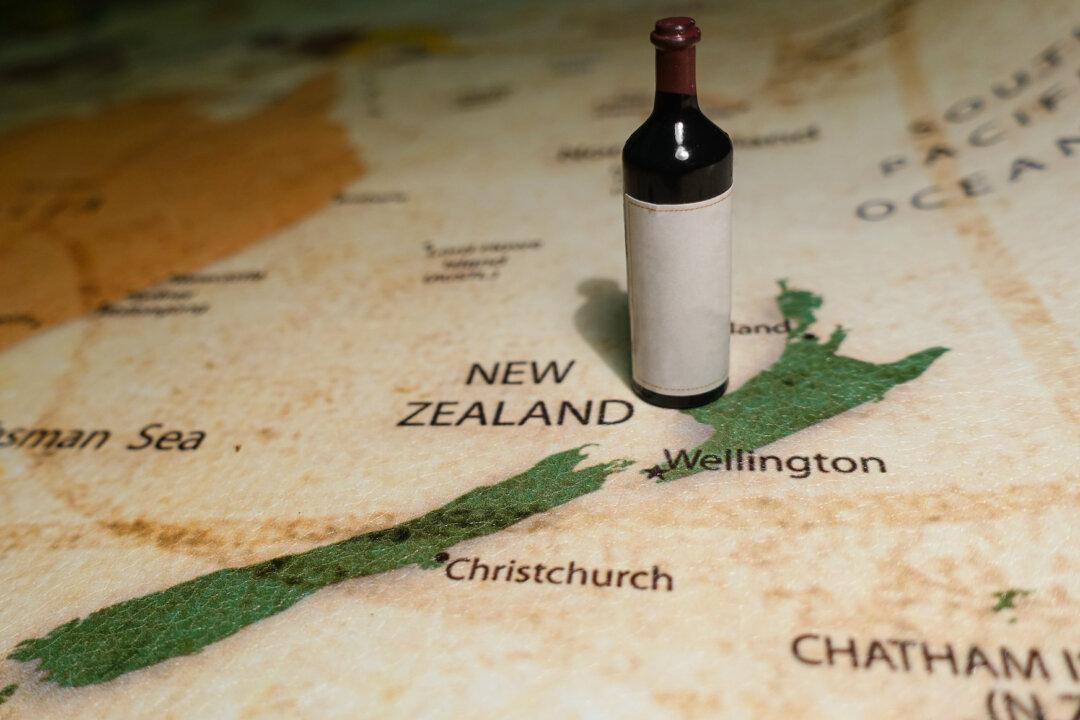Most of the wines we’re offered these days are too expensive.
I could have written this article several times in the 45 years that I’ve been writing about wine, but it’s probably more relevant today than ever. And the reasons are so many and varied that I could probably write an entire book on the subject.
It’s in the interest of all consumers to understand what’s happening and why consumers have almost no solutions.
Decades ago, Leon Adams, who worked for a California wine industry trade group, said wine ought to be as cheap as milk. He once told me that its health benefits were just one reason why.
For many reasons, wine prices have always seemed linked to the image that winemakers and winery owners want to foster. And that’s simply because they want wine to be seen as a luxury item—the more luxury, the better—which allows them to keep prices up.
Not all wine companies think this way, of course, and there are plenty of decent values that should appeal to people looking for a simple glass of table wine to enhance the flavors of food.
One thing that changes the equation periodically is that wine is an agricultural product, far more than beer or distilled spirits, which also come from the ground but are more formulated. In times of hardship (wildfires, drought, excessive rainfall at harvest, and other calamities), wine can be more expensive to produce.
And that does justify some of the elevated prices we have begun to see regularly. But the sad fact is that wine prices almost never come down. The way the industry deals with surplus is through discounting, and there’s a natural reluctance on the part of the retail trade and especially by restaurateurs to pass along discounts. So in a way, discounts benefit the middle tier but rarely the consumer.
The retail chain Trader Joe’s, teaming with an intelligent winemaking and marketing company, developed a line of wines that sold for $1.99. This wasn’t revolutionary, since larger-volume bag-in-box wines have long since been available.
What the Two-Buck Chuck wines did was prove that 750-milliliter bottles could be sold more cheaply, which opened up the market for a while.
One additional reason for elevated wine prices is that, by tradition, most retail wine stores still work on higher profit margins than many other retail goods. This has led to more discounting—although, you won’t see much of that in grocery stores.
I always find it irritating when a $20 bottle of wine is listed on a grocery shelf with a sticker that shows it’s $14.99—but only if you buy six or more.
Sure, there are plenty of retail places where you can find decent wines at deeper discounts without having to buy six or 12 bottles at a time. But often, you end up paying for the shipping.
Wine of the Week
Nonvintage Barefoot Merlot, California ($7): There probably is no better value in balanced, characterful table wines than the line from E. & J. Gallo that’s called Barefoot. Almost all are under $10. This fascinating red wine value is widely available. The bottle I evaluated showed attractive merlot character, a soft entry, and adequate acidity for pairing with food. Many wine lovers will disparage this wine, but no one would dispute its good value. If a better structure is desired, simply chill it a few more degrees and it will deliver excellent fruit and enjoyment.Gallo acquired this brand years ago. It has become one of the largest in the world, estimated to produce approximately 22 million cases per year. Almost every table wine in the line is exemplary.
(One drawback: In some locations, a few older bottles of this nonvintage wine may be for sale past when it was at a peak. However, it is well-made and sells so well that most places will have fresh bottles.)






